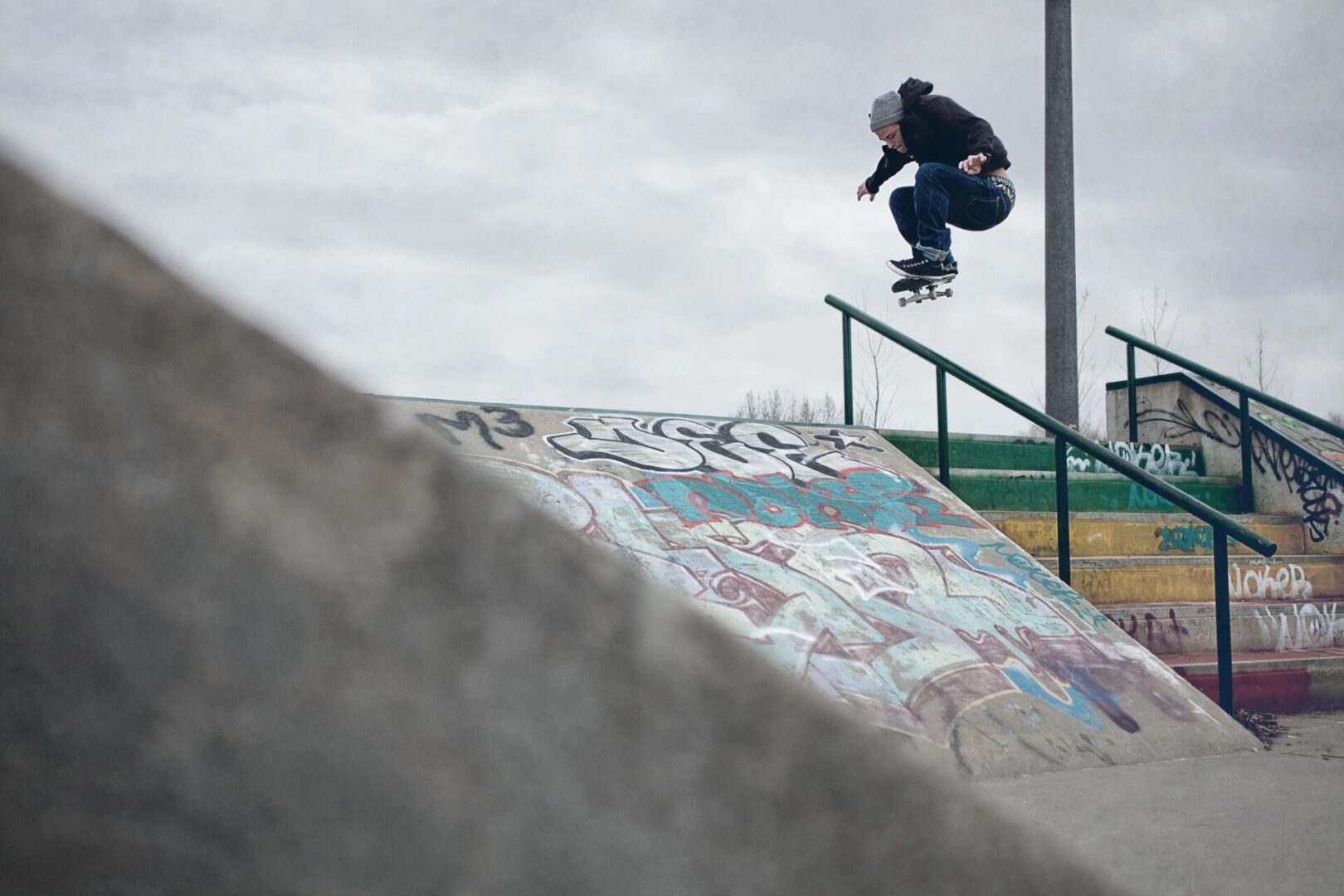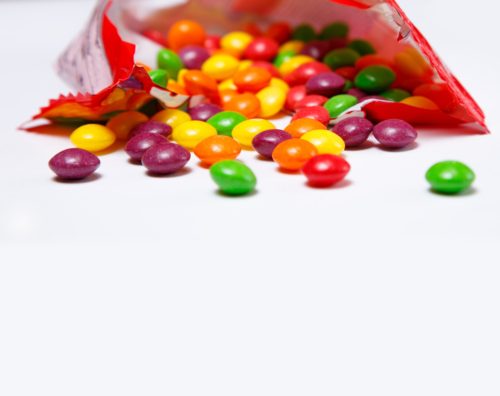Exercise & T1D how physical activity impacts blood glucose
Physical activity is a very important part of a healthy lifestyle. This doesn’t change when your child has diabetes. In fact, regular exercise helps improve blood glucose control by helping insulin work more effectively. Also, regular exercise has a positive effect on how your child feels, giving him a significant boost in dealing with the day-to-day struggles of diabetes. So it’s clear that an active lifestyle is, overall, important for good health. In the short term, however, physical activity can make blood glucose control more complicated. Find out how and why exercise affects BG and how to manage it.
In the short term, as we said, physical activity can make blood glucose control more difficult. The challenge is that exercise usually lowers blood glucose. Adding to that challenge is the fact that it becomes more difficult for your child to detect a low during exercise, especially intense exercise. This is because the symptoms of low blood glucose (such as sweating and shakiness) are similar to the normal physiological effects of exercise. Therefore, differentiating between the two can become tricky. That is why frequent blood glucose testing becomes so important during exercise.
Why Does Exercise (Usually) Lower Blood Glucose?
It’s important to understand how exercise affects someone with type 1 diabetes. Muscles need fuel for energy in order to do their job – to run, squat, lift, skate, throw, catch – to move. This fuel (glucose) is stored in the muscle itself, in the bloodstream, and in the liver. When your child exercises, a muscle will first use for energy the fuel it has stored within itself. When this fuel runs out, the muscle relies on glucose from the bloodstream. This leads to the decrease in blood sugar that we usually see with exercise. The longer your child exercises, the more glucose in the blood is used up, and the greater the drop in blood sugar. This is especially true for exercise that is longer in duration and mild to moderate in intensity, such as running or cycling. To detect and treat these lows and ultimately to prevent them, it’s important to have your child check his blood glucose right before, during, and at the end of the physical activity.

Additionally, when the body is recovering after exercise the muscles will continue to pull glucose from the blood to replenish their stores. Therefore, blood glucose may continue to drop for several hours after the exercise finished. As a result, delayed and night-time low blood glucose may occur. If your child has had a physically active day, especially if the activity has been quite intense, it may be a good idea to check his blood glucose once (or more) during the night.
What Do We Do to Manage the Effects of Exercise?
To avoid low blood glucose as a result of exercise, it is likely that your child will need “extra carbs” (this means giving carbs without insulin) before, during, and/or after the activity. You will have to experiment to determine how many carbs are needed for different activities.
Tips from the Trenches
When my son is participating in an activity, he always tests his blood sugar before he starts and has extra carbs. He weighs 45 kg so he uses approx. 22 carbs for every half hour he exercises in order to keep his blood sugar stable. He will continue to test his blood sugar frequently throughout the activity (every ½ hour) and eat more fast carbs as needed to maintain his blood sugar. Once he’s finished, he will test one more time to see where he’s at and have more carbs if necessary. If he has a low during exercise, he will treat the low (15 carbs) plus will give himself extra candy (22 carbs) if he plans on continuing with the exercise.
~Danielle
Remember…
References:
Type 1 Diabetes and Aerobic Exercise: Strategies for Optimal Glycemic Control. Katherine E. Iscoe, BA, Bruce A. Perkins, MD MPH FRCPC, Michael C. Riddell, PhD.
Robertson K, Adolfsson P, Riddell M, Scheiner G, Hanas R. Exercise in children and adolescents with diabetes. Pediatric Diabetes 2009: 10 (Suppl. 12): 154-168.
The above information was reviewed for content accuracy by clinical staff of the Alberta Children’s Hospital Diabetes Clinic.
SHARE THIS ARTICLE

